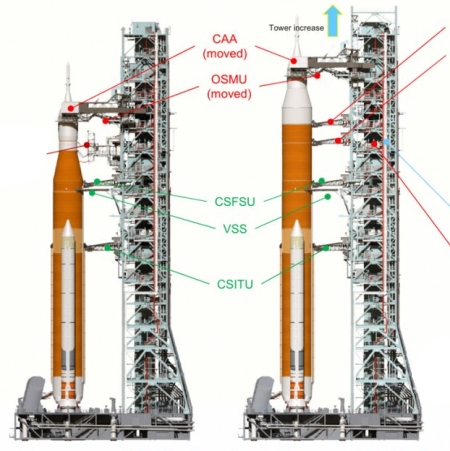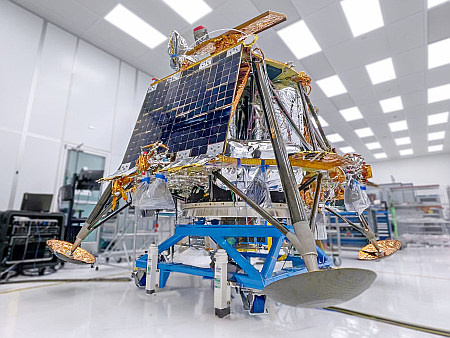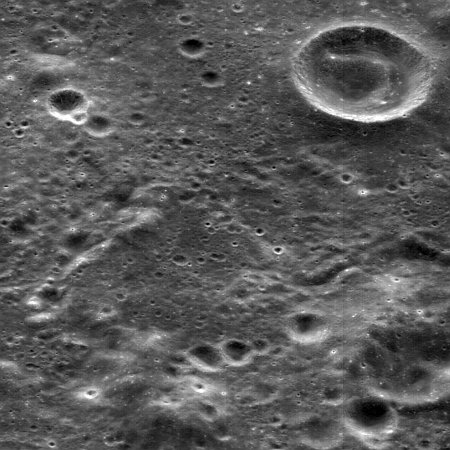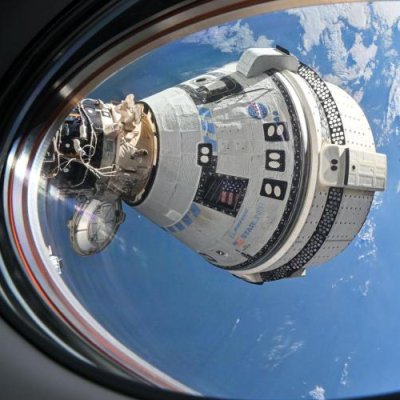Musk: Starlink will be made available to all cell phones in emergencies
Elon Musk has announced that SpaceX will make its Starlink internet constellation available to anyone with a cell phone should they need it during an emergency in remote areas.
The SpaceX CEO made the comments in an X post as the company, in partnership with T-Mobile, currently seeks approval from the Federal Communications Commission to operate its direct-to-cellular Starlink technology commercially. SpaceX says the satellite-based service would provide supplemental cell coverage to Americans from space that would close mobile “dead zones.” Cellular service providers AT&T and Verizon have raised concerns about the technology, including that it would disrupt their own mobile networks.
In a letter to the FCC on Friday, SpaceX said the service would connect first responders in a variety of environments and would be able to send wireless emergency alerts to everyone — not just T-Mobile customers — in places where there is no earth-based cellular coverage.
While this offer is morally correct, it is also good politics, as it acts as icing on the cake to encourage the FCC to approve that T-Moble license request. At the moment the technical details for making the proposal happen remain murky, but SpaceX’s willingness to offer this emergency service at no charge, something its competitors have apparently not, cannot hurt it in its negotiations with the FCC.
Elon Musk has announced that SpaceX will make its Starlink internet constellation available to anyone with a cell phone should they need it during an emergency in remote areas.
The SpaceX CEO made the comments in an X post as the company, in partnership with T-Mobile, currently seeks approval from the Federal Communications Commission to operate its direct-to-cellular Starlink technology commercially. SpaceX says the satellite-based service would provide supplemental cell coverage to Americans from space that would close mobile “dead zones.” Cellular service providers AT&T and Verizon have raised concerns about the technology, including that it would disrupt their own mobile networks.
In a letter to the FCC on Friday, SpaceX said the service would connect first responders in a variety of environments and would be able to send wireless emergency alerts to everyone — not just T-Mobile customers — in places where there is no earth-based cellular coverage.
While this offer is morally correct, it is also good politics, as it acts as icing on the cake to encourage the FCC to approve that T-Moble license request. At the moment the technical details for making the proposal happen remain murky, but SpaceX’s willingness to offer this emergency service at no charge, something its competitors have apparently not, cannot hurt it in its negotiations with the FCC.














